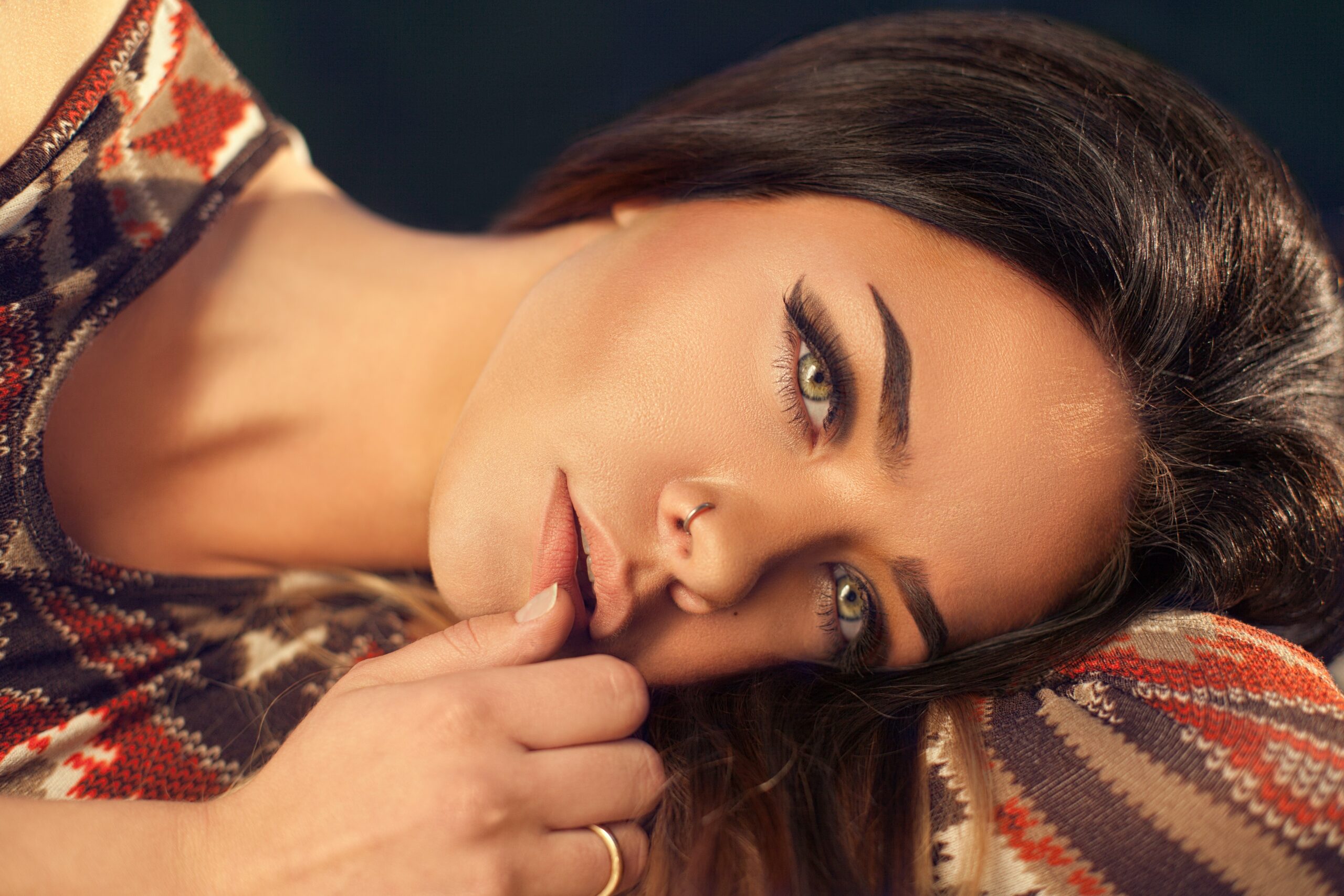Theatrical makeup is a type of makeup used in theater, film, and other live performances to enhance or alter an actor’s appearance. Theatrical makeup aims to create a character or convey a specific emotion rather than simply enhance the actor’s natural features. Theatrical makeup can be used to create a wide range of effects, from subtle changes to dramatic transformations. If you’re involved in filmmaking and going to be wearing or applying theatrical makeup, here are some great tips to remember.
Start with a Clean Face
Starting with a clean face is important when applying theatrical makeup or any type of makeup. Applying makeup to dirty or oily skin can cause the makeup to look patchy or uneven. In addition, it can clog pores and lead to breakouts. Starting with a clean face allows your skin to breathe and reduce the risk of breakouts. Moreover, it helps to remove dirt, oil, and other impurities from your skin, promoting overall skin health.
Build a Foundation
Building a foundation is essential in creating any type of makeup look, including theatrical makeup. The foundation’s goal is to create a smooth, even base on the skin and provide a blank canvas for other makeup products. It’s important to blend the foundation evenly, using a brush or sponge, to ensure that there are no streaks or uneven patches. Once the foundation is applied, it can be set with powder to help it stay in place and prevent it from sliding or rubbing off during the performance.
In addition to creating an even base, the foundation can also be used to contour and highlight the face. This involves using different shades of foundation to create the illusion of shadows and highlights, which can help create a more sculpted and defined look, a technique commonly used in theatrical makeup to create various characters and effects.
Experiment with Different Colors
Theatrical makeup is a great opportunity to experiment with bold, unusual colors, and bring your character to life in a creative way. So when you’re gathering your theatrical makeup supplies, choosing the right color palette can help you to emphasize the personality traits of the character you are portraying and enhance their features. Experimenting with different colors can also help you to create a cohesive look that works with the costume and lighting design. By selecting the right tones and textures, you can create a makeup look that complements the overall design and enhances your performance. It’s also a great way to expand your skills and develop your knowledge of color theory. By exploring how different colors interact, you can learn new techniques and create more complex, and interesting makeup looks.
Consider the Lighting of the Space
When using theatrical makeup, it’s important to consider the lighting of the performance space, as different lighting can greatly impact the appearance of your makeup on stage. The type of lighting used in a performance space can affect the way makeup colors appear- different lighting can create different color casts and alter the appearance of the makeup. For example, a cool blue light can make warm colors appear more muted, while a warm orange light can make cool colors appear more vibrant. By understanding how the lighting will affect your makeup, you can adjust the color intensity and shade selection to ensure your makeup appears as intended.
The intensity and direction of the lighting can also impact the way your makeup appears on stage. Bright, direct lighting can wash out makeup and make it appear less vibrant, while dim, indirect lighting can make makeup appear too harsh or heavy. By considering the lighting, you can adjust the intensity and placement of your makeup to ensure it appears as intended under specific lighting conditions.

